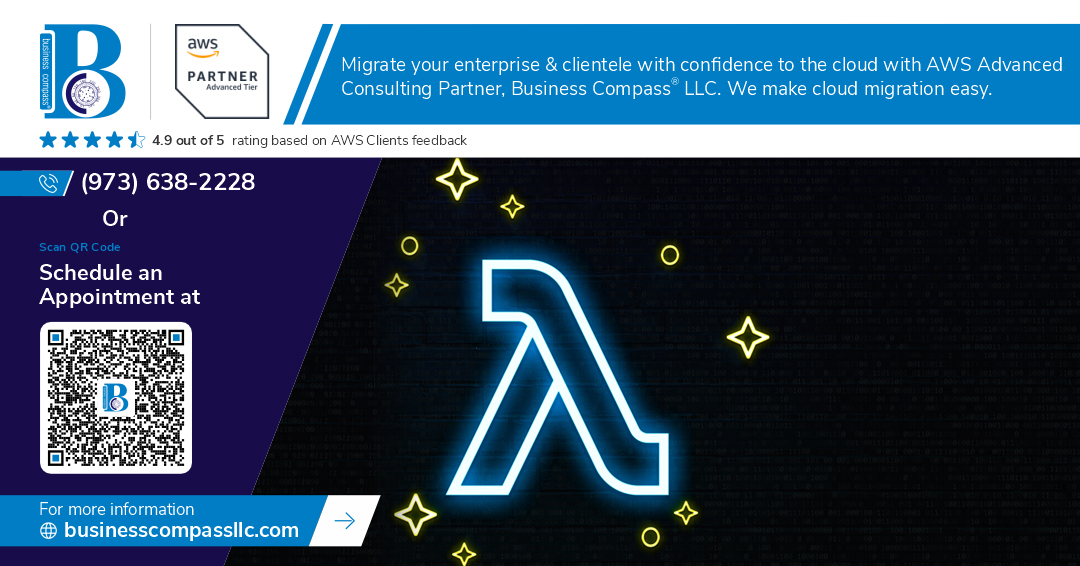Running .NET on AWS Lambda: A Complete Beginner’s Guide
Introduction to AWS Lambda and .NET
AWS Lambda is a serverless computing service that runs code in response to events and automatically manages the underlying infrastructure. With support for .NET Core and .NET 6+, Lambda allows C# developers to run backend logic without provisioning or managing servers.
AWS Lambda supports:
.NET 6 (LTS)
.NET 8 (as a container image)
Older versions like .NET Core 3.1 are deprecated as of Dec 2023
Prerequisites
Before deploying your .NET app to Lambda, ensure you have:
.NET SDK (6 or 8)
AWS CLI installed and configured
AWS Toolkit for Visual Studio (optional for IDE integration)
Amazon.Lambda.Tools global tool:
dotnet tool install -g Amazon.Lambda.Tools
Project Setup
1. Create a New Lambda-Compatible Project
You can use AWS-provided templates:
dotnet new lambda.EmptyFunction --name MyLambdaApp
cd MyLambdaApp
This creates a minimal function using:
Function.cs: contains the handler
aws-lambda-tools-defaults.json: configures deployment details
2. Sample Function Code
public class Function
{
public string FunctionHandler(string input, ILambdaContext context)
{
return $"Hello from Lambda, input was: {input}";
}
}
Packaging and Deployment
Option 1: Deploy Using Amazon.Lambda.Tools
dotnet lambda deploy-function MyLambdaApp
This command:
Packages your code
Uploads it to AWS
Creates or updates the Lambda function
Option 2: Deploy as a Container (for .NET 8 or custom dependencies)
Create a Dockerfile:
FROM public.ecr.aws/lambda/dotnet:8 AS base
WORKDIR /var/task
COPY . .
CMD ["MyLambdaApp::MyLambdaApp.Function::FunctionHandler"]
Build and push your Docker image to Amazon ECR, then deploy from the Lambda console or CLI.
Event Triggers
You can connect your Lambda to various AWS services:
API Gateway (for HTTP triggers)
S3 (for object events)
DynamoDB Streams
CloudWatch Events
Example: Trigger from API Gateway
{
"httpMethod": "GET",
"path": "/hello",
"headers": { ... }
}
Local Testing
You can run your function locally using:
dotnet lambda invoke-function MyLambdaApp --payload "Test input"
Or use AWS Lambda Test Tool (GUI-based testing tool for .NET):
dotnet tool install -g Amazon.Lambda.TestTool-6.0
dotnet lambda test-tool
Monitoring and Logs
Logs are automatically sent to Amazon CloudWatch. You can:
View logs in AWS Console under CloudWatch > Logs
Set up CloudWatch Alarms
Use AWS X-Ray for distributed tracing
Best Practices
Use async/await for non-blocking operations
Keep the package size small to reduce cold start times
Handle exceptions gracefully and log context for debugging
Use environment variables for configuration
Consider using Amazon Lambda Powertools for .NET for observability

Comments
Post a Comment